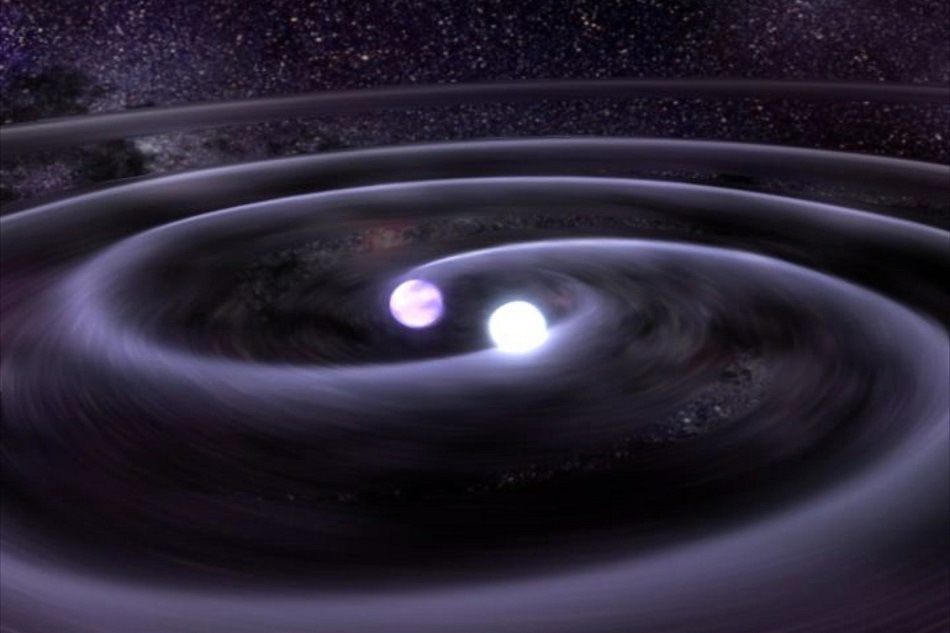 Depiction of two neutron stars about to collide. (Image: NASA)
Depiction of two neutron stars about to collide. (Image: NASA)
The recent confirmation of the existence of gravitational waves, a previously undetected phenomena, has led to the observation of a direct connection between these spacetime ripples and the violent collision of two ultra-dense celestial bodies. In the new era of ‘rapid response astronomy’, the gravitational wave signal has enabled researchers across the world to ‘tune-in’ and observe, for the very first time, the merger of two massive neutron stars, colliding in a fireball of radioactive elements 130 million light years away.
Through the world class cameras of its company Andor Technology, Oxford Instruments is helping researchers understand more about what lies at the heart of this groundbreaking discovery. Over 25 deep-cooled, low noise Andor CCD imaging cameras are spread across instruments such as the Chile-based ESO telescopes, the Boyden telescope in South Africa, the Master global robotic telescopes network and many other sites. Their combination of large field of view and small pixel size gives the Andor detectors a vital role to play in acquiring the necessary data at the required resolution to be able to explore deeply the interactions that took place.
As part of the US-based Laser Interferometer Gravitational-Wave Observatory (Ligo) team, responsible for discovery, Prof. Stephen Smartt of Queen's University Belfast has been coordinating the study of the properties of the newly observed event. Known as a kilonova, the neutron star merger registered only as a faint glow on earth, representing the expulsion of radiation from the source at one fifth of the speed of light. Prof. Smartt and his team team have been studying the observed spectrum in an attempt to analyse the chemical makeup of the two stars and the resultant merger.
This is an unprecedented show of strength of modern, international scientific prowess, collaboration and technological advancement. Not only have we seen a very prompt and coordinated series of astronomical observations across the planet, following the detection of gravitational waves, we can also appreciate how complementary it can be to combine a very novel detection paradigm with traditional optical as well as radio astronomy and spectroscopy in what is now firmly established multi-messenger astronomy. These differing insights from various modalities, deployed in parallel, allow us a glimpse at the fate of two colliding neutron stars merging and exploding to create heavy elements that may one day coalesce to form new stellar or planetary objects
Marcin Barszczewski, Imaging Applications Specialist at Andor Technology